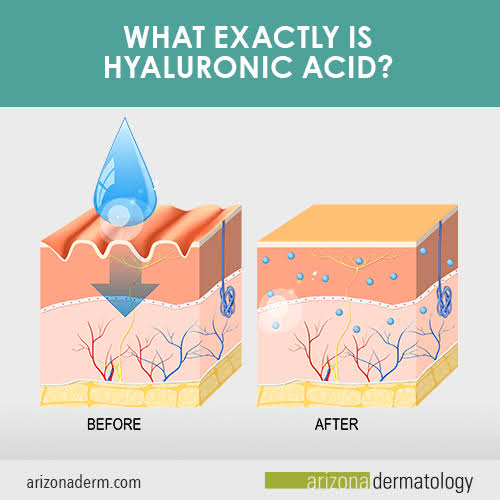Acids used in dermatology it breaks the bonds between the skin cells, triggering the formation of new keratinocytes, namely new skin cells. Thus, the formation of new cells is effective in both stain treatment and anti-aging fine wrinkles correction and skin regeneration.
What Are the Acids Used in Dermatology?
Acids used in dermatology besides cell regeneration, it also helps dissolve keratin and fat plugs in the pores. In this way acne it can also be used in treatment.
Acids are mainly used as an exfoliation method. The skin is renewed every 28 days. Therefore, these acids do not need to be used frequently.Sensitivity, redness, an acid that will not irritate should be selected and started 1 – 2 times a week. It can be increased and decreased according to the situation. However, salicylic acid used for acne skin can be used every day.Glycolic acid should be very well protected from the sun in summer, as it will create sensitivity to the sun.Hyaluronic acid is a water-sparing molecule used to moisturize even when the name is acid. For this reason, it does not show acid properties.AHA (Alpha Hydroxy Acids)
Acids used in dermatology the types of AHA acid in between are as follows:
Glycolic Acid: Anti – aging is the most commonly used acid for anti-wrinkle. At the same time, its dermis triggers the production of collagen by affecting (derin skin tissues. It can also be used as a support for stain treatment. Suitable for normal, mixed and oily skin.
Lactic Acid: It can be used for exfoliation in dry skin. Lactic acid also increases the moisture of the skin.
Mandelic Acid: Mandelic acid, which is among the acids used in dermatology, is suitable for sensitive skin. Lighter than glycolic acid. This means less risk of irritation and redness. For this reason, it is an exfoliative agent suitable for sensitive skin.
Citric Acid: This acid in citrus fruits is both AHA and BHA. It is used in cases such as acne and tonal inequalities.
Malic Acid: It is obtained from the pear with apples.
Tartaric Acid: It is located in the grapes with the cherry.
Phytic Acid: This acid is obtained from rice. It is used for processes such as skin tone equalization, skin lightening
BHA (Beta Hydroxy Acids)
Acids used in dermatology the types of BHA acid in between are as follows:
Salicylic Acid: Anti – inflammatory (yang reliever) is often recommended for acne skin due to its pores cleansing and redness reducing effects. Suitable for daily use. It does not create sensitivity to the sun.
Linoleic Acid: This acid is found in many vegetable oils. This acid, which is a type of omega-6 fatty acid, has a slight structure. It helps to moisturize both oily and mixed skin.
Oleic Acid: This type of acid found in almonds, avocados, olive oil helps moisturize the skin with its intense effect.
PHA (Polyhydroxy acids)
Acids used in dermatology the PHA found in between is a new generation of acids that are less sensitive to alpha hydroxy acids and produce more moisturizing effects. Sensitive skin, roza (rose disease) the skin or atopic dermatitisthey are suitable acids for li people.
Types of PHA acid are as follows:
Gluconolactone: It is one of the most gentle exfoliants. In this way, it is preferable for all skin types.
Lactobionic Acid: Reduces the secretion of sebum in the skin and slows the formation of wrinkles. In addition, the penetration from the skin is slow as the molecular sizes are larger than the commonly used AHAs. Thus, it moves slowly along the skin layers.
Stronger effective and deeper peels applied with these acids are applied by dermatologists in clinics. Formulations in dermocosmetic products are weaker and suitable for use at home. It should be used for at least 3 months for the effect to be obvious. 1 – 2 days a week excluding (salicylic acid is usually sufficient. It is possible to use sensitive products more often. The person can increase and decrease the frequency of use according to the skin type.

